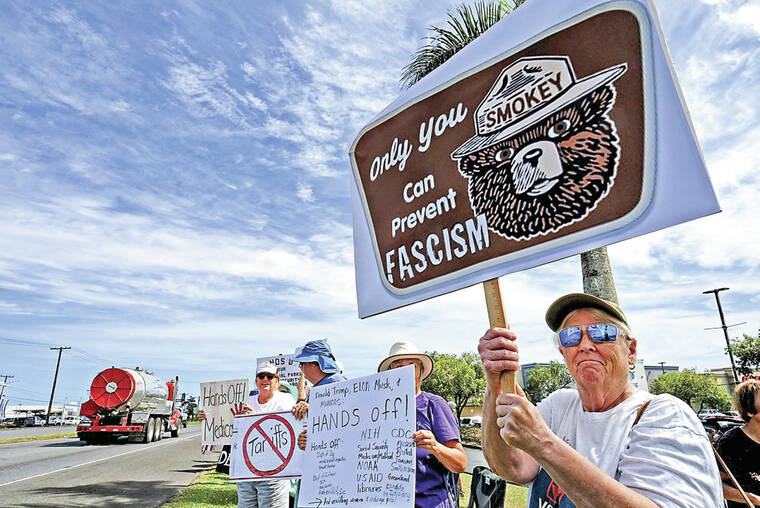Aiming to reduce the 55 million gallons of raw sewage that enters the ground daily — and makes its way into Hawaii’s drinking water — state lawmakers are pressing forward with a bill that would ease the financial pain of converting to modern waste disposal systems.
House Bill 1140 would establish a $10,000 tax credit for homeowners to connect to a sewer system or install a septic system or aerobic treatment unit. Priority would go to homes near public drinking water wells and within 200 feet of shorelines, streams and wetlands. The credit would be good until 2020.
The bill passed out of the Senate Committee on Ways and Means on Tuesday.
Puna Sen. Russell Ruderman, a member of the Ways and Means committee, said he supports the tax credit being given in cases where the state mandates conversion. The state Department of Health plans to crack down on cesspools in some areas — although that initiative was diluted last fall after it raised hackles on some property owners.
Following public opposition to more sweeping mandates to get rid of cesspools as required by the U.S. Environmental Protection Agency, DOH officials now aim to eliminate only cesspools within 750 feet of sensitive water bodies and those located close to drinking water sources. Of the 49,344 cesspools on the Big Island, 6,479 would have to be upgraded under revised rules that were put on former-Gov. Neil Abercrombie’s desk in late November and passed on to Gov. David Ige. Just less than 800 of those cesspools are near public drinking water wells, said Sina Pruder, program manager for the DOH Wastewater Branch.
The conversions would have to take place within one year of a property being sold, which is an extension of the original proposal to require conversion within six months of sale.
It is unclear whether Ige will sign off on the rules. During election season, Ige was critical of the process, saying greater public involvement was needed.
Ruderman said the rules would impact his district disproportionately. While he supports the conversions in principal, it’s not a good year to put an extra burden on Puna, he said.
“The fact it affects Puna so much and it’s been such a difficult year, I have real concerns,” he said. “Long range, it’s the right thing.”
The bill is likely to pass third reading, then go on to conference committee where its future becomes less clear, Ruderman said.
Facing the possibility of fines from the EPA, Hawaii County is pushing ahead with a plan to convert the Lono Kona subdivision to a public sewer system. An environmental assessment for the $6.5 million project was completed at the end of March, finding no significant impacts from the systems of sewer lines that will be laid to serve 110 lots mauka of Kuakini Highway.
Hawaii County currently is executing a contract for a firm to design the project, said Environmental Management Director Bobby Jean Leithead Todd.
Residents will be required to pay $9,090 per single family equivalent unit under the project to protect the groundwater and Kailua Bay. However, the subdivision is farther than 200 feet from the bay and it is not clear if it would qualify for the tax credits under HB 1140.
The Lono Kona project is funded by a $4 million grant and a $2.4 million loan from the U.S. Department of Agriculture.
Email Bret Yager at byager@westhawaiitoday.com.






